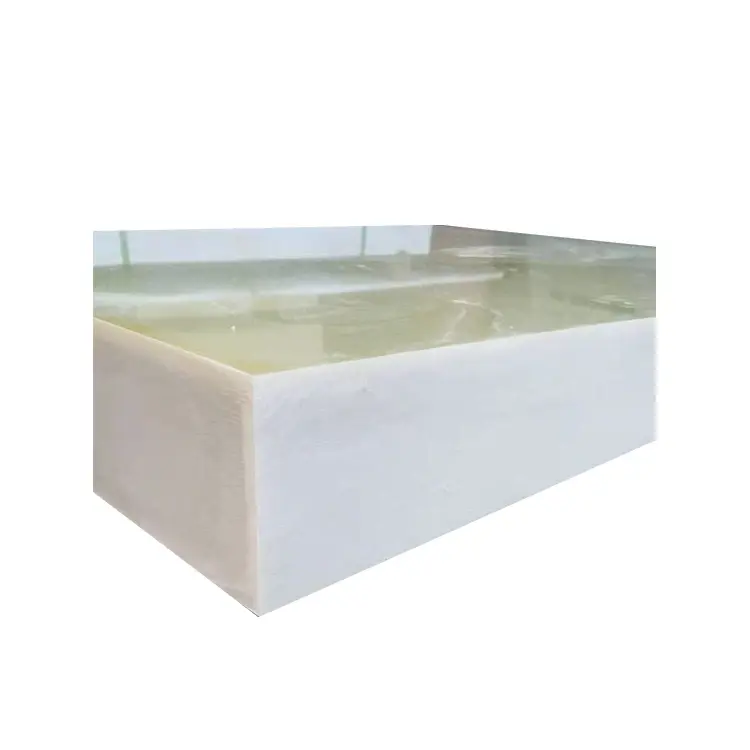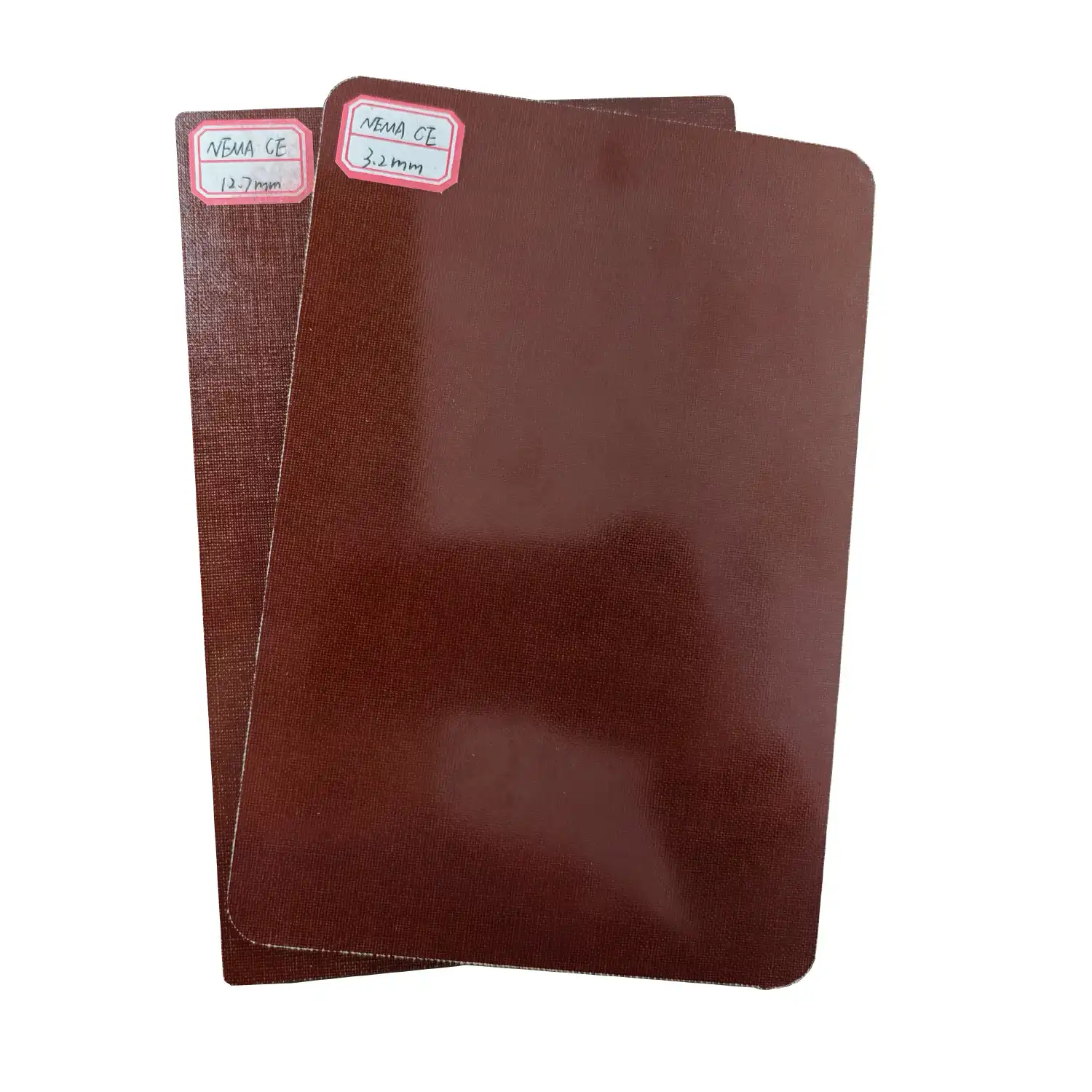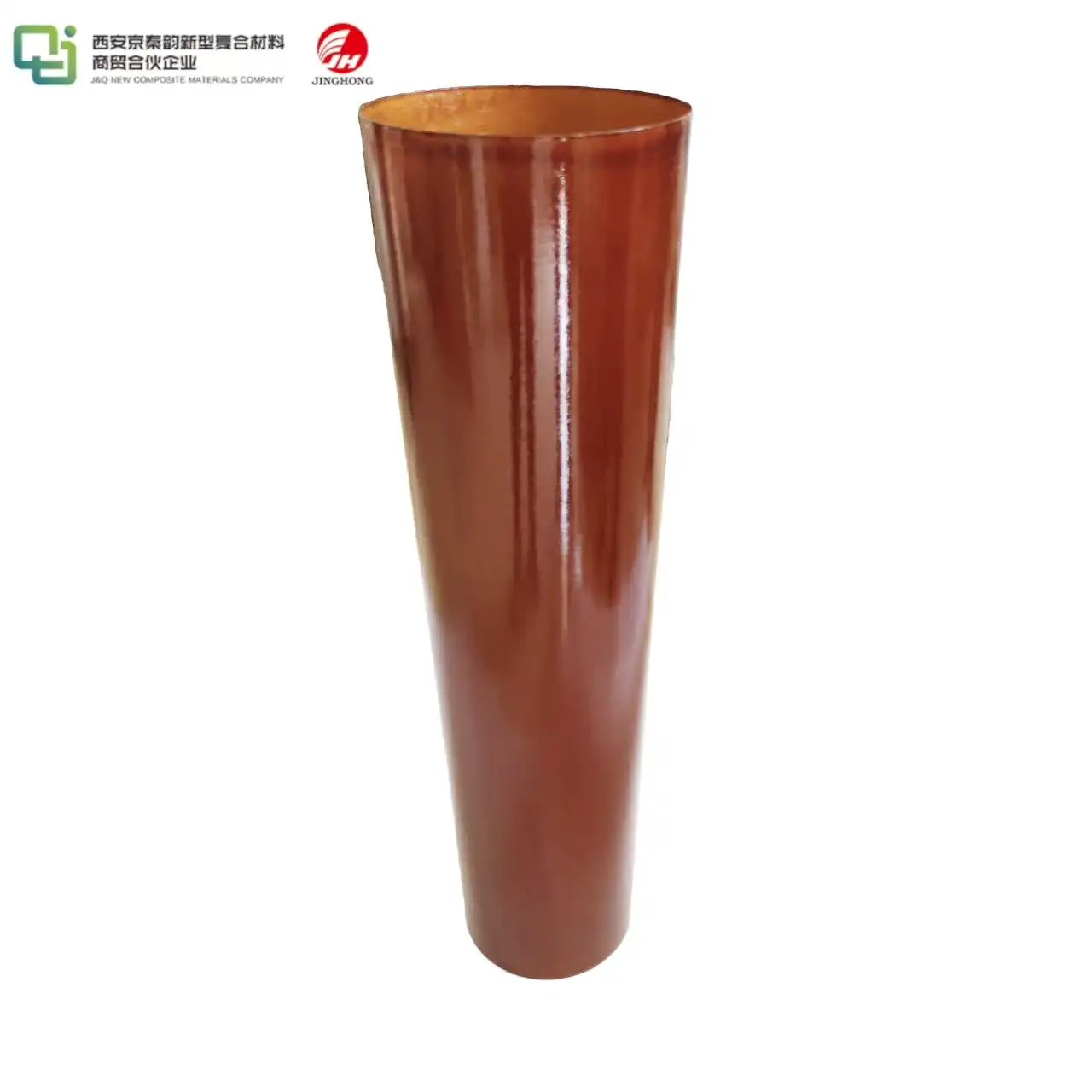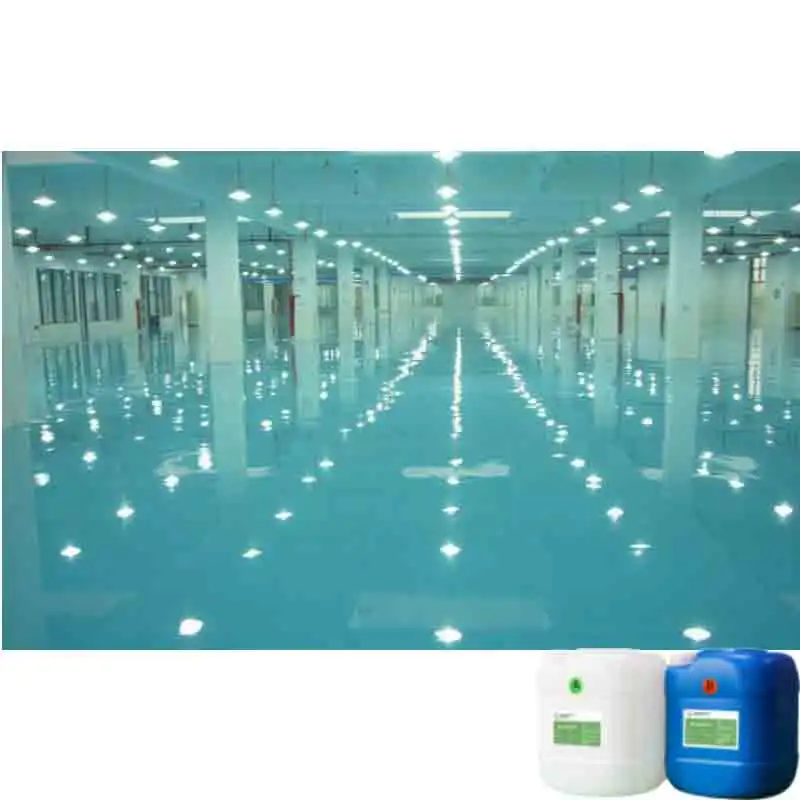Guide of Cause analysis and effective control of appearance blooming of 3240 epoxy sheet
2022-09-13
1. Introduction
At present, 3240 Epoxy Board (hereinafter referred to as 3240 board) is the largest production and sales variety of insulation laminates in China, accounting for about 70% of the total. In the past, the main output of 3240 board was concentrated in the insulation material manufacturers in the north. Because the weather in the North was dry and the temperature was low, the problem of appearance blooming did not appear in large numbers, which did not attract special attention. The insiders did not specifically analyze and study this problem,
there are also no articles in various professional books and periodicals.

2. Experimental analysis on the causes of blooming of 3240 board
a) Experiment
i. Experimental study on whether there is uneven mixing of glue liquid during normal mixing. In normal mixing of wonton glue, the process stipulates that the mixing conditions are 30 ℃ ~ 40 ℃, 1H ~ 1.5h. Is there any problem that the mixing time is intentionally or unintentionally reduced by the compounding personnel, resulting in uneven mixing of glue liquid, thus causing the board to flower? We used a stick of glue twice for 15min, used different storage times of adhesive tapes and different pressing processes, and the appearance of the extruded board was normal. This shows that the glue is easy to stick evenly.
ii. The effect of the storage time of the adhesive tape on the appearance of the board. The storage conditions of the adhesive tape used in the experiment are: temperature 20 ℃ ~ 22 ℃, humidity 60% ~ 75% (humidity is relative humidity, the same below). After the adhesive tape is stored for 1 ~ 8 days, the glue flow and appearance of the extruded board are normal.
iii. Experiment on the influence of different pressing processes on the appearance of board. In the experiment, different heating and boosting speeds and different preheating and hot pressing temperatures were used, and there was no blooming in the extruded boards. It showed that the blooming had nothing to do with the pressing process.
iv. Simulation of the effect of insufficient baking and high volatile matter on the appearance of the board In the experiment, a certain amount of toluene and alcohol mixed solvent was applied to the adhesive tape before pressing, and the volatile matter of the simulated adhesive tape was obviously high. The result showed that the pressed board had no blooming. It showed that there was a small amount of low molecular weight solvent in the adhesive tape, which would not cause the board to bloom
v. There is obvious water in the glue solution, which has an effect on the appearance of the upper blanket, pressing and board. We mixed 3% tap water into the glue solution to produce the upper blanket laminate with this glue solution Results the appearance of the board was normal, indicating that there was a small amount of water in the glue solution before gluing, which had no effect on the appearance of the board.
vi. The experiment of simulating the effect of damp rubber on the appearance of the board after pressing. Spray water on the rubber before pressing to simulate damp rubber Results as long as a little water mist is sprayed, the appearance of the board is obviously blooming, which is very similar to the blooming in normal production. It shows that water can cause the board to bloom.
vii. In hot and humid weather, the adhesive tape was naturally stored at the pressing site for a certain time, and the effect on the appearance of the board was tested. In hot and humid weather, we stored the adhesive tape at the pressing site for 5h-6h twice. As a result, the pressed board was obviously scratched In contrast, the adhesive tape is not stored naturally at the pressing site, and it is loaded immediately. The appearance of the extruded board is free of blooming. It shows that the board will surely be blooming after the adhesive tape is stored in damp and hot conditions.
viii. The experiment of the natural moisture absorption of the adhesive tape stored in the humid and hot environment shows that the volatile content of the adhesive tape stored in the humid and hot environment for 6h has increased sharply from about 0.8% to about 1.7%, indicating that the absorbed moisture is quite large (winter experiments show that the moisture absorption of the adhesive tape is much better when stored in a low temperature and high humidity environment.) As shown in Table 1.
ix. Analysis and experiment on why adhesive tapes absorb moisture when stored in hot and humid weather Our analysis shows that the internal causes of the moisture absorption of the adhesive tape may be as follows: 1. Phenolic resin molecules contain phenolic light groups and alcohol light groups, which have strong polarity and strong hydrophilicity; 2. The alkali metal oxide in the glass speckled cloth has strong hydrophilicity Can the moisture absorption of adhesive tapes be improved by properly adjusting the proportion of epoxy resin and phenolic resin? In the experiment, 7:3 ratios were used instead of 6.5:3.5 ratio. The blooming problem in 3240 Epoxy Resin Sheet production was improved to a certain extent, but the cost slightly increased and the problem of sticking plate occurred It shows that the moisture absorption of adhesive tape can be improved by increasing the content of epoxy resin and reducing the amount of phenolic resin.
x. Storage stability test of adhesive tape We tested the change of soluble resin content of the adhesive tape when it was stored at several temperatures. The experiment shows that the storage stability of the adhesive tape is poor when it is stored above 25 ℃, but good when it is stored below 20 ℃. As shown in Table 2.
Table 1 change of volatile content in epoxy phenolic glass adhesive tape during storage
Storage conditions | Volatile content % | ||||
Temperature ℃ | Relative Humidity % | Initial | After 6 hours | After 12 hours | After 24 hours |
28~30 | 65~70 | 0.8 | 1.0 | 1.1 | 1.2 |
28~30 | 85~90 | 0.8 | 1.7 | 2.0 | 2.1 |
18~20 | 65~70 | 0.6 | 0.7 | 0.9 | 0.9 |
18~20 | 85~90 | 0.6 | 1.0 | 1.2 | 1.2 |
10~12 | 65~70 | 0.7 | 0.8 | 0.8 | 0.9 |
10~12 | 85~90 | 0.7 | 0.8 | 0.9 | 0.9 |
Table 2 change of soluble resin content in epoxy phenolic glass adhesive tape during storage
Storage Temperature ℃ | Soluble resin content | |||||||
Initial | Day 1 | Day 2 | Day 3 | Day 7 | Day 14 | Day 30 | Day 70 | |
28~30 | 100 | 95 | 87 | 78 | 46 | / | / | / |
18~22 | 100 | 100 | 100 | 100 | 95 | 82 | 52 | / |
3~5 | 100 | 100 | 100 | 100 | 100 | 100 | 100 | 100 |
b) Conclusion
The main reason for the blooming of 3240 board is that during the period from the production of semi-finished grey cloth to the pressing, a large amount of moisture is absorbed by the tape, and the moisture absorbed by the tape is separated from the epoxy resin during the pressing process to form the blooming of the board The objective reasons for the large amount of moisture absorption of the adhesive tape are: 1. The humidity in the cold storage (the special warehouse for storing the adhesive tape) is high In the past, the refrigerator was used for cooling, which only had cooling but no dehumidification function, resulting in obvious dripping in the warehouse. 2. The temperature difference between the cold storage and the pressing site is too large The refrigerator used in the past reduces the temperature in the warehouse to 9 ℃ - 10 ℃ (in the past, it was emphasized that the lower the temperature, the better). However, the higher the outside temperature, which makes the adhesive tape adsorb more air condensate during the pressing and loading process. 3. The humidity in the cloth cutting room is high. In the past, only attention was paid to cooling the cloth cutting room, but no attention was paid to dehumidification. 4. The production environment has high humidity and high temperature If the adhesive tape is stored for a long time when the temperature is higher than 20 ℃ (especially higher than 25 ℃) and the humidity is higher than 80%, it will cause a large amount of moisture absorption
3. Effective measures to control the appearance of 3240 board
a) Feeding and dispensing shall be carried out in strict accordance with the proportion specified in the technical process formula card, and the feeding error shall not be greater than 1%.
b) The gluing production shall be carefully operated according to the process regulations, and the production shall be controlled according to the quality indicators specified in the process card,
c) During the transfer of the adhesive tape, it is strictly protected from rain
d) The temperature and humidity of the upper adhesive tape cutting room shall be controlled by the air conditioner. The temperature shall not be higher than 25 ℃ (the insulation condition of the cloth cutting room is poor, and the temperature cannot reach the lower temperature requirement in hot weather) from March to March. The humidity shall not be higher than 75%.
e) The temperature and humidity of the adhesive tape storage warehouse are controlled by air conditioners, and the temperature is controlled at 24 ° C from March to October? C ± 2 ℃, humidity not more than 75%
f) The adhesive tape transported out of the air conditioning warehouse shall be loaded within 2.5h (the loading time shall be shortened as far as possible)
g) Press correctly according to the process specification
h) All the personnel of the laminating production line pay attention to it ideologically, take measures to shorten the storage time of the adhesive coated cloth in the gluing process, the cloth cutting process, the material preparation process and the pressing process, and pay attention to covering during the transfer process, so as to minimize the moisture absorption of the adhesive coated cloth before pressing.
4. Conclusion
The appearance blooming of 3240 board is a new topic in the insulation material production industry. The reasons for the blooming of 3240 Epoxy Fiberglass and the effective control measures introduced in this paper have certain guiding or reference significance for the future production of laminates and other insulation material manufacturers of our company.







